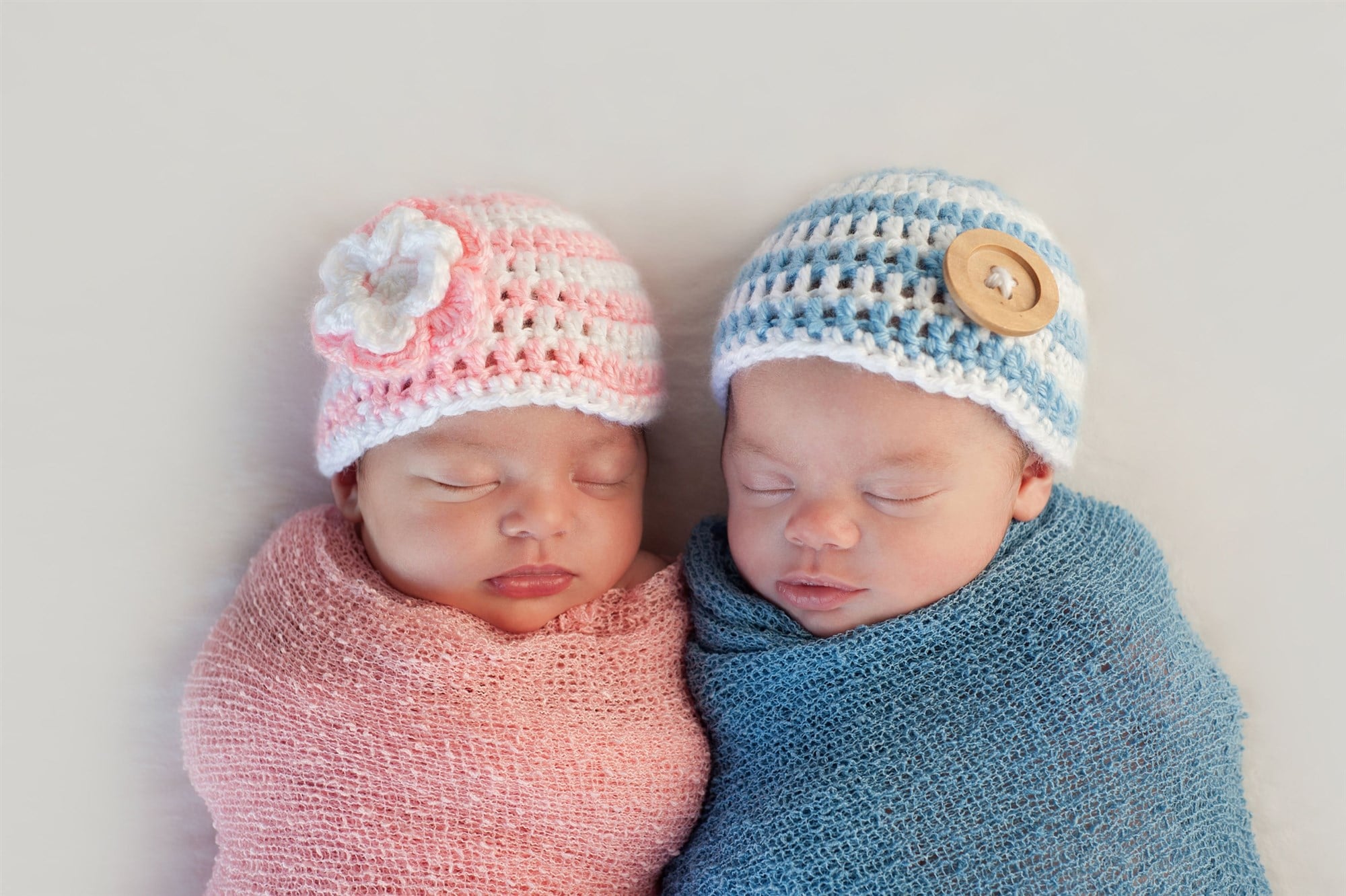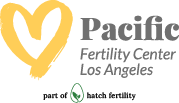For families struggling with infertility, IVF can be performed to increase the risk of conception. However, like most medical procedures, there are risks and complications to consider before undergoing treatment. One of those risks includes the possibility of twins, or multiples, at birth.
One of the most common risks associated with any fertility treatment is a pregnancy with multiples. Today, our team at the Pacific Fertility Center in Los Angeles, CA will explore IVF and twins or multiples, and discuss how the risk for this occurrence can be minimized.
Why are twins more common during IVF?
One of the most common reasons for twin pregnancies during IVF is the number of embryos transferred to the uterus during the IVF treatment process.
Can you transfer multiple embryos?
Of course! While every situation is different, ask your fertility doctor if you can transfer multiple embryos. If you are researching fertility treatments, you know that IVF can cost thousands of dollars per cycle. Because of this substantial cost factor, some patients decide to transfer a larger number of embryos to increase their chances for conception.
However, there are significant risks involved with a pregnancy with multiples. In addition, patients should also be aware of the higher cost of delivery. In many cases, Cesarean sections (C-sections) are necessary for twin or multiple births.

Understanding the Risks of Twins in IVF
If you have been trying to conceive, you may be wondering why multiples would be a bad thing. Any time there are twins or multiples, there is an increased chance for complications. Some of the most common risks among twins include:
- Premature birth: As aforementioned, more than half of twins are born prematurely. This occurs in approximately 60 percent of cases.
- Low birth weight: Because many twins are born prematurely, they typically have a lower birth weight. In fact, more than half of newborn twins weigh less than 5.5 pounds.
- TTTS (Twin-to-twin transfusion syndrome): This is a serious condition in which the blood vessels within the placenta provide one baby with too much blood flow and one with too little. TTTS can be fatal for both babies. This condition occurs in approximately 10 percent of cases involving identical twins.
- Pre-eclampsia: Dangerous for both mother and baby, this condition is characterized by extreme hypertension, protein in the urine, and swelling of the legs. The risk for pre-eclampsia is twice as high in mothers carrying twins.
By properly managing your treatment, your doctor can help you conceive without the risk for multiples. As a fertility specialist, your doctor’s goal is to help you give birth to a healthy baby.
Reducing the Risk for Multiples
There are several factors to consider when reducing a patient’s risk for multiple pregnancy, including age, family history, BMI, prognosis, and the stage of embryo development.
For example, waiting until the fifth day for embryo transfer can be less risky than transferring on the third day. Referred to as blastocyst culture and transfer, this process allows your fertility specialist to choose the most viable and promising embryos for transfer. As a result, the pregnancy rate remains the same, yet fewer embryos are required.
Contact the Pacific Fertility Center to Learn More
If you would like to learn more about IVF and twins or multiples, schedule a consultation at the Pacific Fertility Center. As always, our skilled and compassionate team can answer any questions you may have regarding your treatment. To explore your options, contact us online anytime or give us a call at one of our two office locations.
Note: This is not intended to be a substitute for professional medical advice, diagnosis or treatment. Information provided is for general educational purposes only and is subject to change without notice. Speak to your doctor directly with any questions you may have regarding a medical condition. Any information contained herein does not replace any care plan as determined by a physician.
You May Also Like
These Stories on In-Vitro Fertilization


.png)